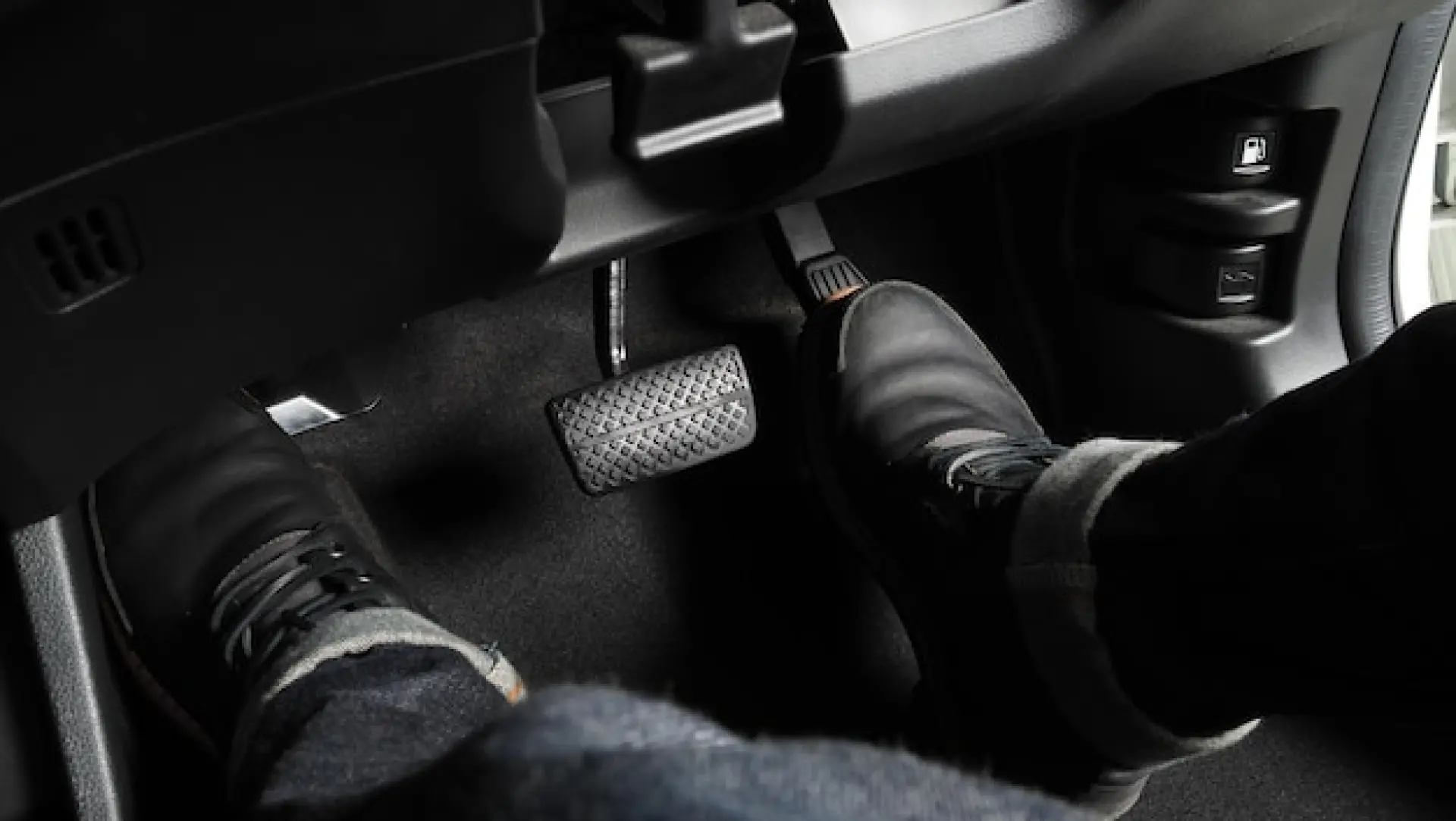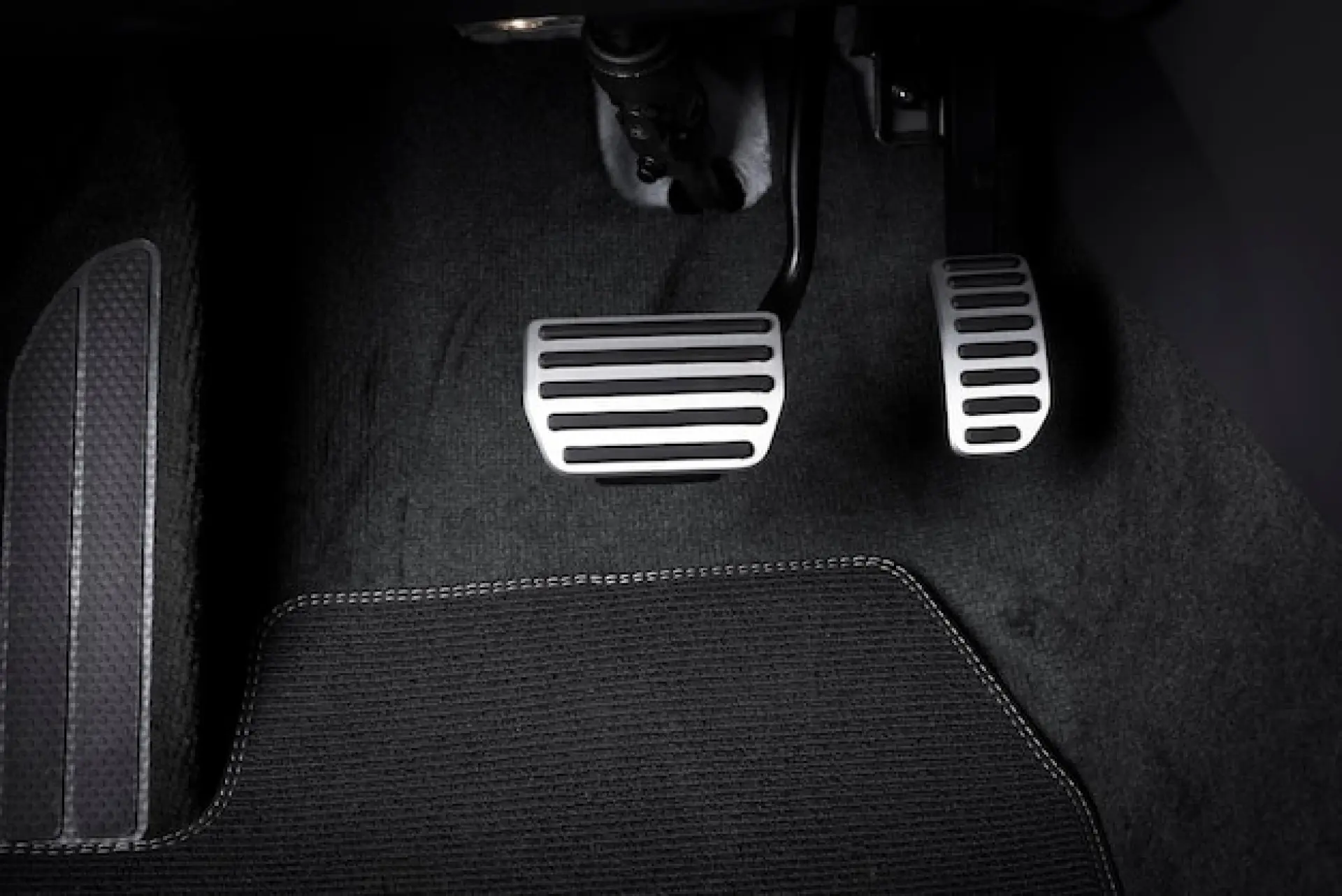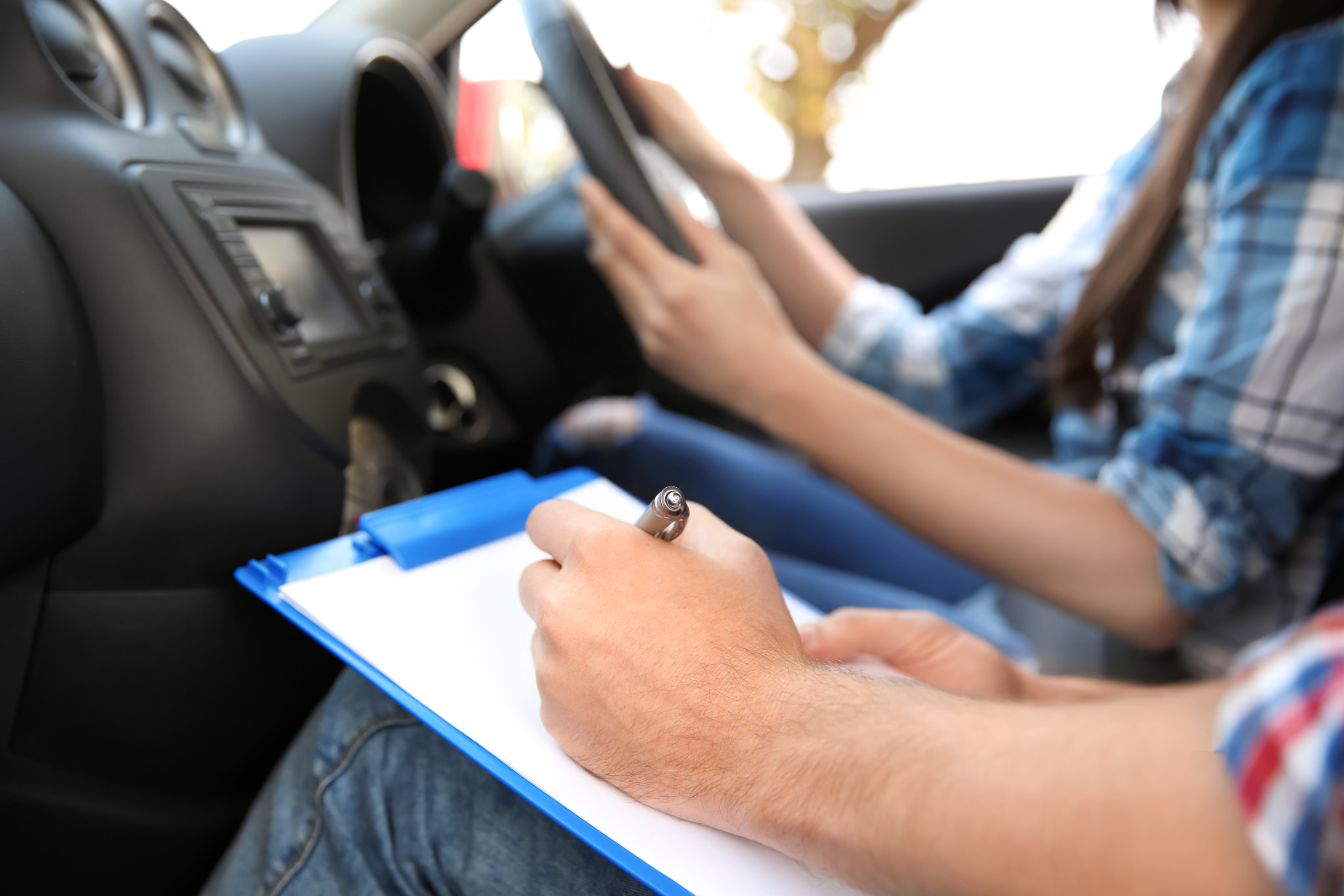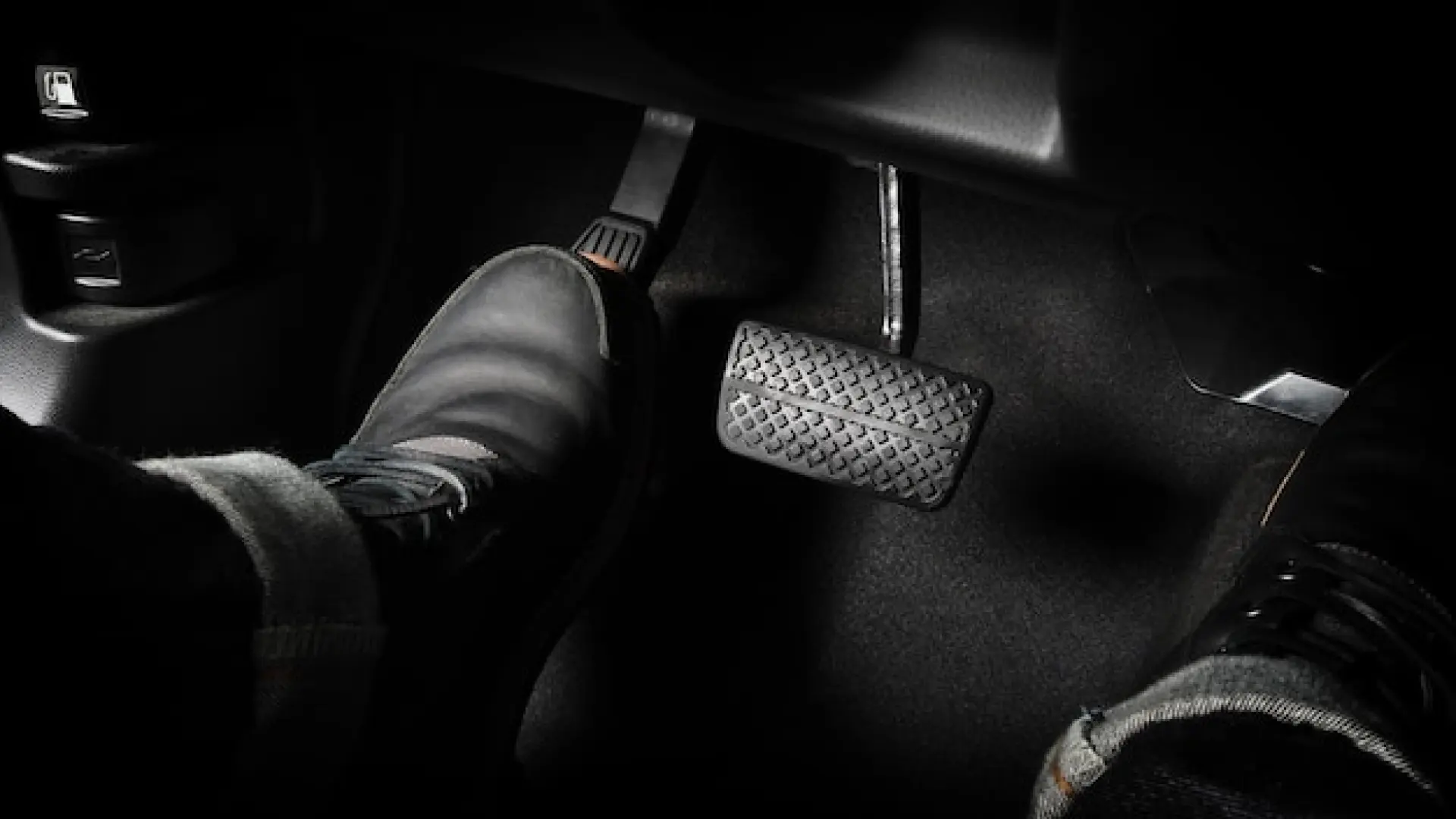Learn why driving instructors use dual control vehicles for safer, more effective lessons. Dual control reduces risk and builds learners' road skills and confidence.
How Dual Controls Improve Learner Driver Safety
Dual control vehicles allow instructors to take control if necessary, reducing the risk of accidents. With an extra set of pedals, the instructor can intervene in situations where a learner might react too slowly or make a critical mistake. This added safety measure is particularly important in busy traffic, at junctions, or when stopping in an emergency.
Learners often take time to develop awareness and quick reflexes, so having dual controls provides reassurance. It also encourages learners to focus on improving their skills without fear of immediate danger. By preventing collisions and helping maintain control, dual control vehicles create a safer learning environment, giving learners the confidence to practise without unnecessary risk.
The Instructor’s Role in Preventing Accidents
Driving instructors play a crucial role in keeping learners and other road users safe. With dual controls, they can step in when necessary to prevent an accident, such as braking if a learner fails to notice a hazard or stopping the car if a mistake is made at a junction.
Instructors also provide clear instructions and guidance, ensuring that learners develop good habits. Their ability to take control when needed allows learners to focus on practising essential skills without unnecessary pressure.
Over time, as learners gain confidence, the need for instructor intervention decreases. By using dual controls, instructors can provide a controlled and safe learning experience while reducing the likelihood of accidents on the road.
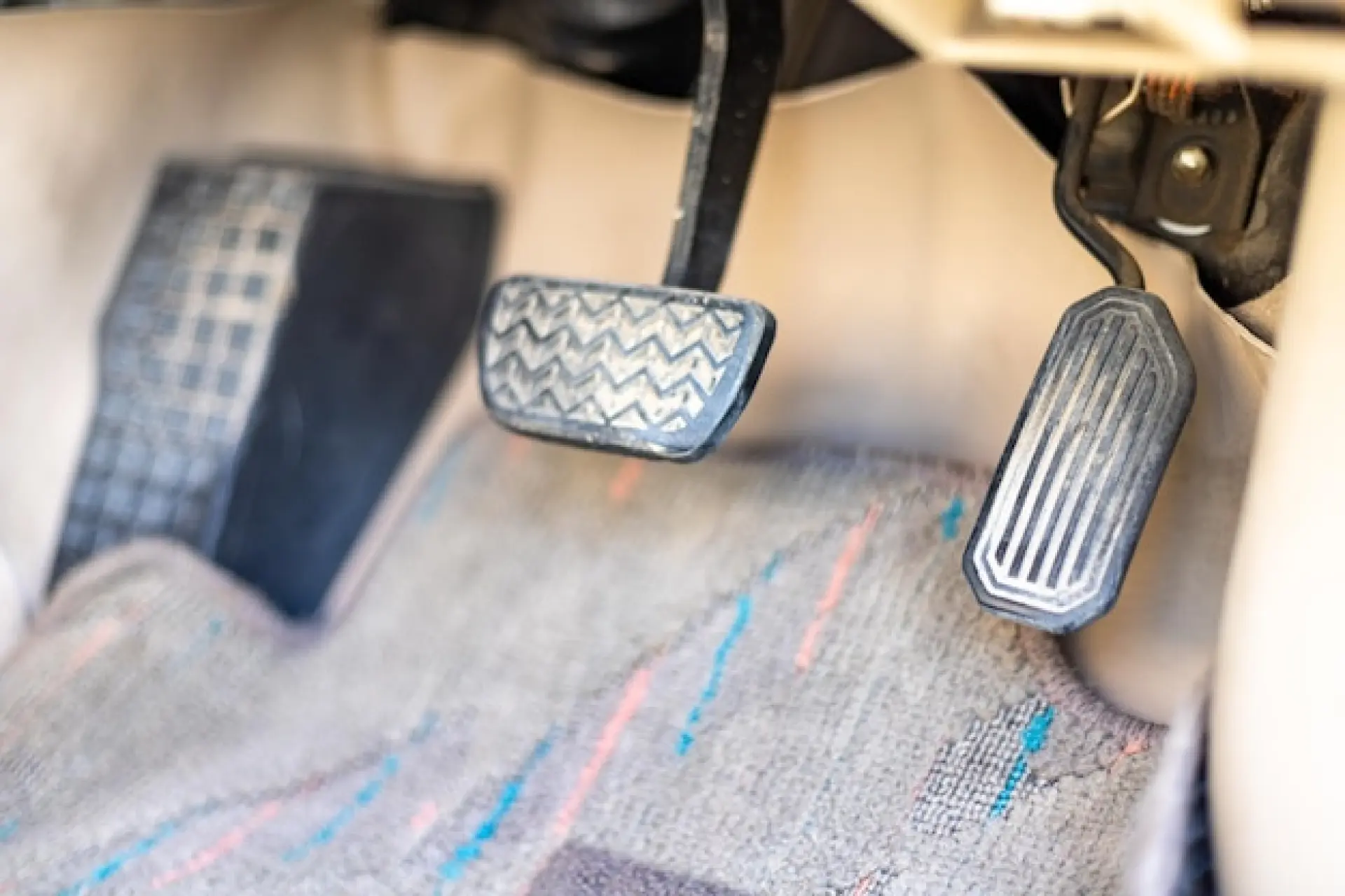
A driving instructor's role extends beyond simply preventing accidents—it is about teaching learners how to recognise risks, make safe decisions, and develop confidence in their own abilities.
Many new drivers struggle with spatial awareness, road positioning, and judging the speed of other vehicles. Instructors use their expertise to highlight these challenges, offering real-time corrections and advice.
Dual control vehicles allow instructors to demonstrate safe driving techniques without putting the learner or other road users at risk.
This hands-on teaching approach ensures that learners not only avoid immediate danger but also develop the skills necessary to prevent accidents on their own in the future.
Additionally, instructors can introduce learners to more challenging road conditions, such as roundabouts, dual carriageways, and busy urban traffic, in a controlled manner.
Building Confidence in Nervous Learners
Many learner drivers feel anxious when they first start lessons, particularly in busy traffic or at complex junctions. Dual control vehicles offer reassurance by ensuring that the instructor can take control if needed.
This safety net allows learners to focus on developing their driving skills without the fear of making a dangerous mistake. Knowing that their instructor can assist helps learners remain calm and concentrate on improving their technique.
As their confidence grows, they will rely less on the instructor’s interventions, gradually becoming more independent. By reducing stress and improving confidence, dual controls help nervous learners progress at a comfortable pace, making the learning process more positive and effective.
How Dual Controls Help with Emergency Situations
Emergency situations can arise unexpectedly, and learner drivers may not always react quickly enough. Dual controls allow instructors to step in immediately, preventing collisions and ensuring the safety of the learner and other road users.
For example, if a pedestrian suddenly steps onto the road or another vehicle stops abruptly, the instructor can apply the brakes to avoid an accident.
In fast-moving traffic, having dual controls can also help manage difficult situations where split-second decisions are required. These interventions not only prevent accidents but also teach learners how to handle emergencies. With the instructor’s support, learners develop better awareness and quicker reactions, improving their overall driving ability.
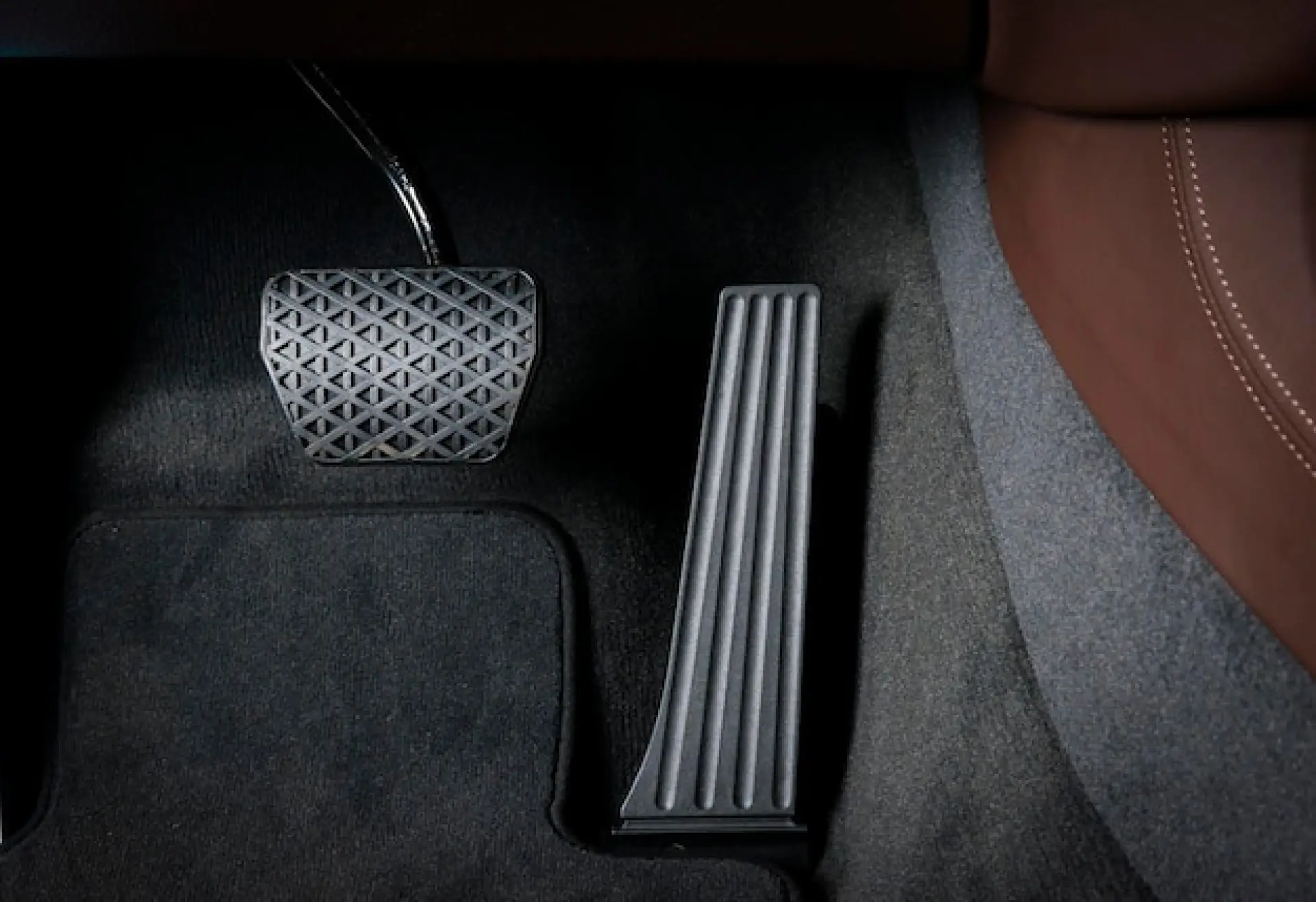
One of the most valuable aspects of dual controls is their ability to simulate real-life emergency situations while maintaining safety.
Learners can be gradually introduced to different hazards, such as sudden braking, unexpected road obstructions, or dangerous driver behaviour, with the reassurance that the instructor is there to assist if needed.
This controlled exposure helps learners become more alert and proactive when dealing with potential dangers on the road.
Additionally, instructors can guide learners through emergency stop exercises, helping them understand the correct way to react in high-pressure scenarios.
In the event of a sudden mistake, such as misjudging a gap in traffic or hesitating at a critical moment, dual controls provide an extra layer of security.
By experiencing and learning from these situations in a safe environment, learners develop the quick thinking and decisive actions needed to handle real emergencies independently once they pass their test.
Can Dual Controls Speed Up the Learning Process?
Dual control vehicles can help learners progress more quickly by creating a safer and less stressful learning environment.
Knowing that the instructor can intervene allows learners to focus on improving their skills without worrying about making serious mistakes. This confidence enables them to practise new manoeuvres more effectively and build good driving habits faster.
Additionally, instructors can use dual controls to guide learners through difficult situations, helping them understand correct techniques in real time. With reduced risk and increased support, learners often feel more at ease and are able to develop their skills more efficiently. As a result, they may require fewer lessons before feeling ready to take their driving test.
With our dual control systems, you'll have the confidence to teach new drivers, knowing you can intervene instantly when necessary. Invest in your students' safety and your peace of mind. Find out more about our Dual Control Installers in Birmingham, Oswestry, Melton, Mowbray, Gloucester and Buxton.

